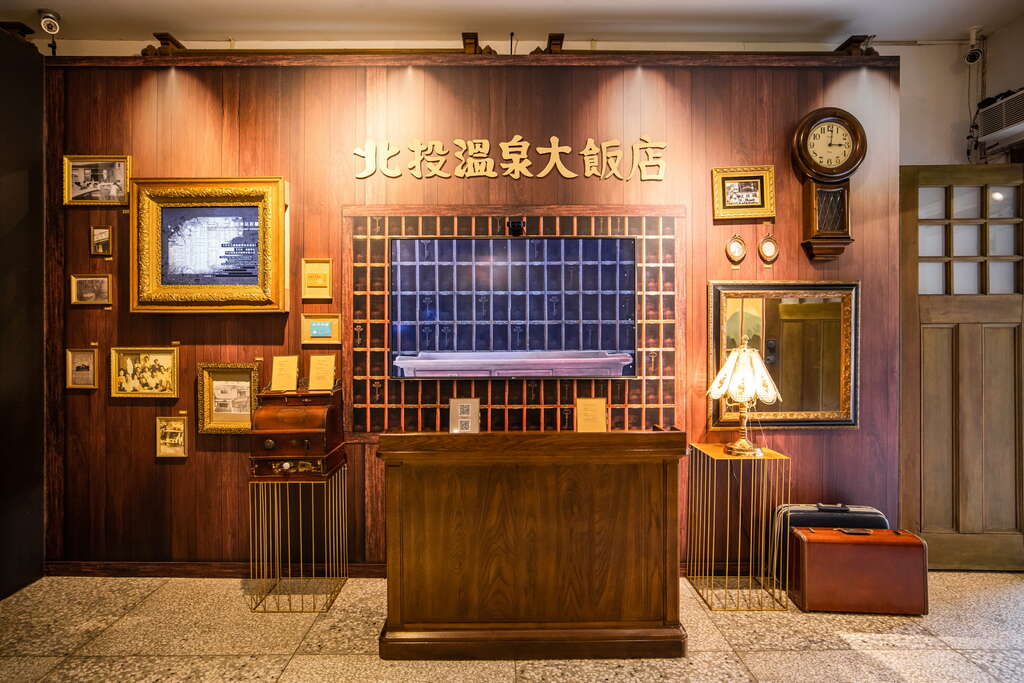Beitou Hot Springs Museum Introduction
This public hot spring bath, famous since the Japanese colonial period, features a rural architectural style reminiscent of Tudor England, with its stable red brick walls and black tiles harmonizing with the green surroundings, making it a great place for relaxation. The first floor is surrounded by Roman columns that encircle the bath, where sunlight filters through stained glass, casting exotic shadows. The second floor, with its Japanese-style tatami rooms and floors, carries a faint scent of hot springs, evoking the hazy memories of the past. Thanks to the efforts of local residents, this historical building has been preserved and transformed into the Beitou Hot Spring Museum, becoming the best introduction to understanding Beitou. The exhibition space on the first floor is divided into four areas: "Large Bathhouse, Beitou Stone," "Beitou Bathhouse SENTO," "Phrase Collection," and "Expo Hall." The second floor's exhibition space is divided into six areas: "Impressions of Beitou," "Multimedia Audio-Visual Room," "Observatory," "Taiwanese Cinema's Hollywood," "Hot Spring DOZO," and "Tatami Activity Hall." The observatory is one of the most beloved areas of the Beitou Hot Spring Museum, where visitors can gaze out and see the lush Beitou Park and Beitou Library, providing a place for bathers to rest and enjoy the scenery. The Tatami Activity Hall offers views of the entire Beitou Valley and the beautiful park, with an open indoor space that allows for good ventilation and a slight sulfur scent in the air, leaving a deep impression of the beauty of Beitou hot springs. The Beitou Hot Spring Museum is not just a precious memory of history but also embodies the deep feelings of Beitou residents toward this land.


































